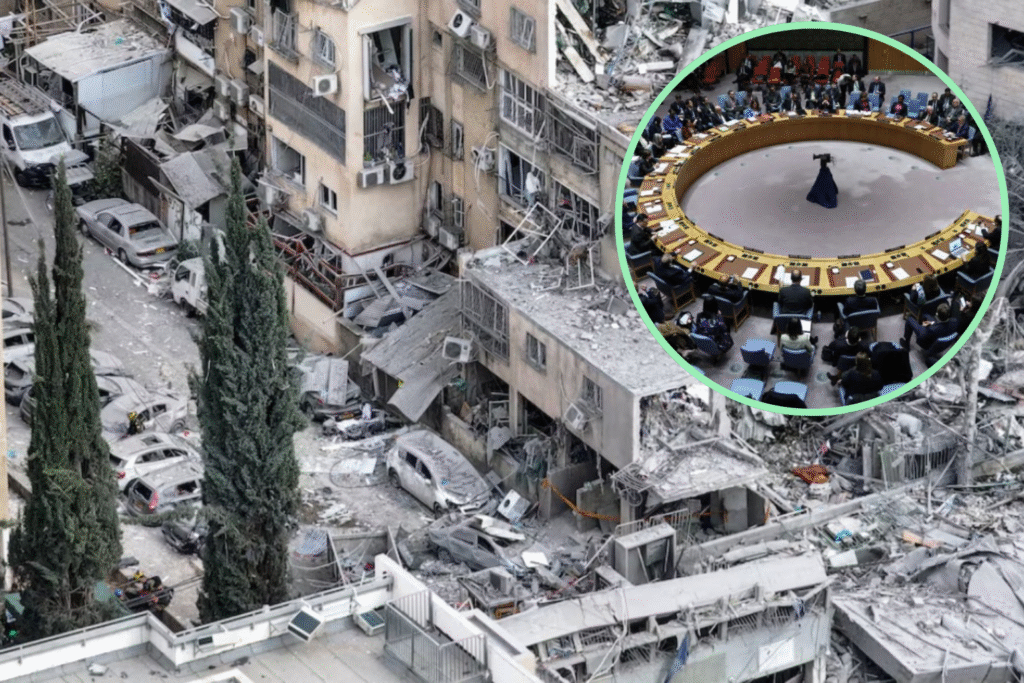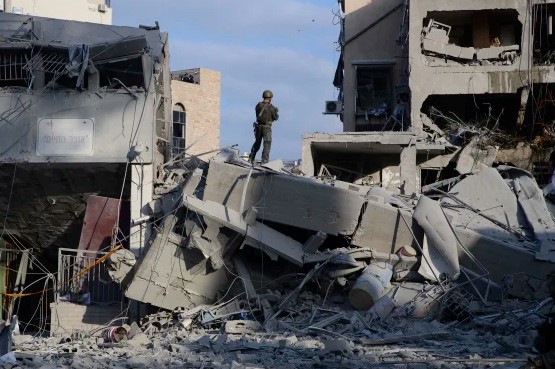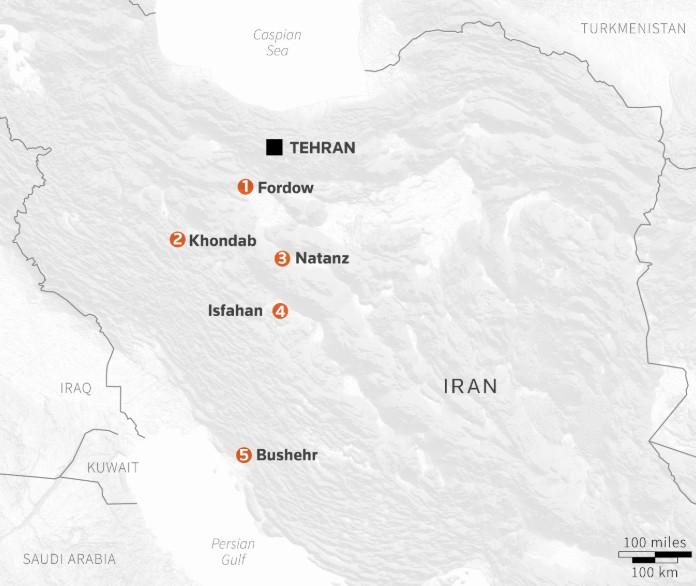Israel Establishes Air Superiority Over Iran, Launches New Attacks as Global Alarm Grows

(BEIT SHEMESH, Israel) — The direct military conflict between Israel and Iran entered its fourth day on Monday, marked by a significant escalation as the Israeli Defense Forces (IDF) reportedly established air superiority over Iranian airspace, enabling a new wave of attacks on strategic targets. The rapid intensification of hostilities has placed the crisis at the top of the agenda for world leaders, who are meeting to discuss the growing risk of a wider regional war.
This development marks a pivotal shift from the long-standing “shadow war” of covert operations to overt, state-on-state military engagement. The achievement of air control is a major strategic feat that significantly alters the military balance, hampering Iran’s ability to defend itself and mount effective counter-attacks, thereby heightening international alarm.
Israel Asserts Air Dominance
As of June 16, 2025, reports indicate that Israel has taken control of Iran’s skies, allowing Israeli jets to operate with relative freedom over a vast and geographically distant territory. Military analysts have drawn comparisons to the war in Ukraine, noting that Israel achieved a level of air dominance that Russia has not managed to secure over a much longer period. This strategic advantage is central to the ongoing Israel-Iran conflict escalation, as it underpins Israel’s capacity to continue its offensive operations.
New Wave of Attacks and Retaliation
With control of the air established, the IDF launched new attacks inside Iran on Monday. Live updates confirmed ongoing strikes, with footage showing damage to energy infrastructure, including gas processing facilities at South Pars. While a full assessment of the targets is still emerging, the strikes appear focused on sites of strategic importance.
Iran has engaged in retaliatory actions, with missile strikes reported in several Israeli locations, including Tel Aviv, Haifa, and Bnei Brak. In Bnei Brak, a residential area and a school were damaged, and rescue workers were seen searching through the rubble at an impact site. The exchange of fire highlights the escalating nature of the battle and the risk to civilian populations.

International Community on High Alert
The Israel-Iran conflict escalation has prompted an urgent response from the international community. A group of unspecified world leaders are reportedly meeting with the crisis high on their agenda, reflecting deep concern over the potential for the conflict to destabilize the entire Middle East. The United States, a key international actor, is being closely watched for its response to the ongoing strikes, which present a significant foreign policy challenge for the U.S. government.
The conflict also poses a direct threat to the global economy, as a full-scale war could severely disrupt vital oil shipping lanes in the Persian Gulf and lead to a spike in energy prices. Furthermore, the potential for a severe humanitarian crisis with significant civilian casualties remains a primary concern.






